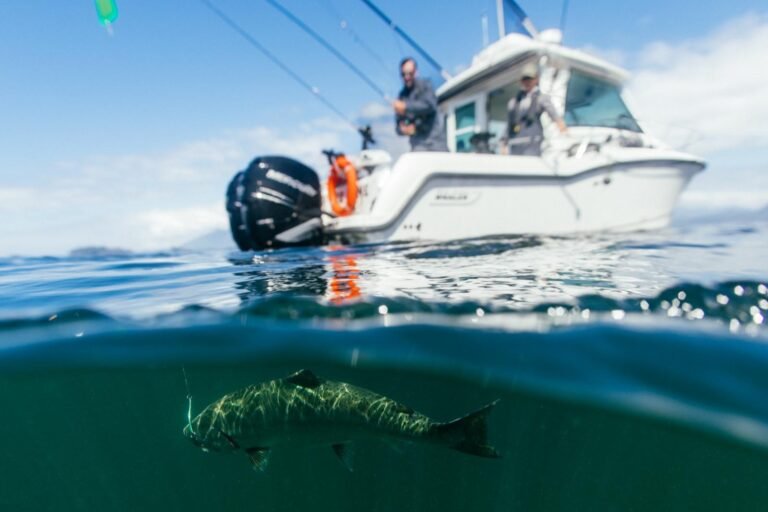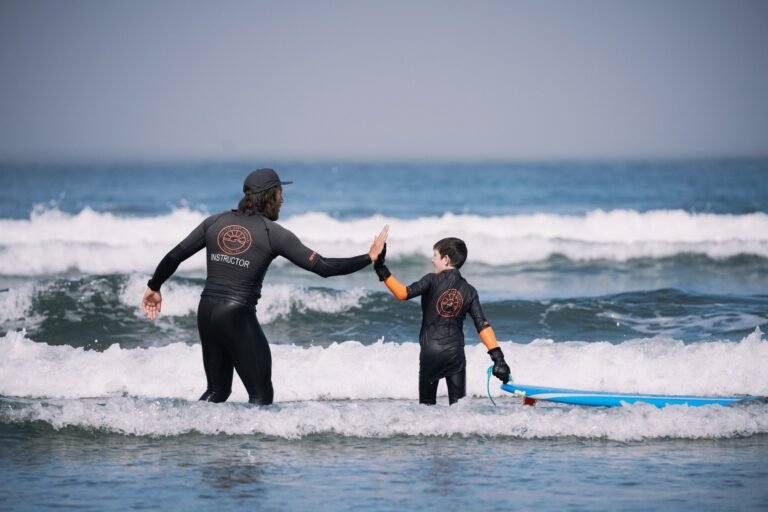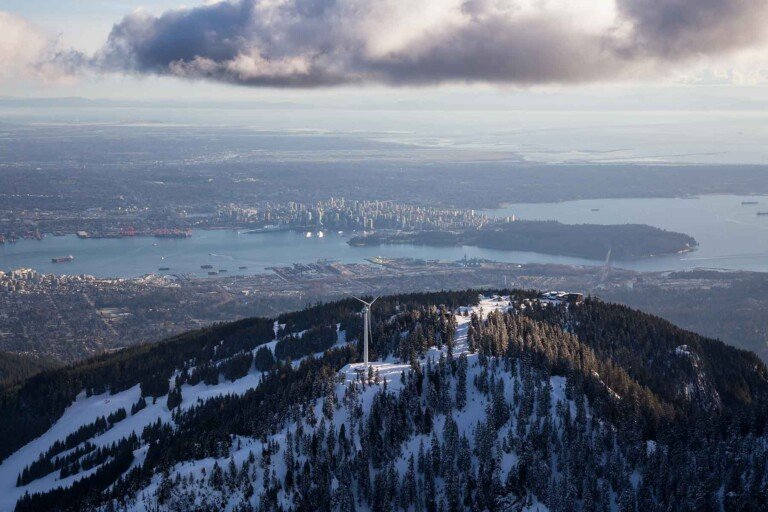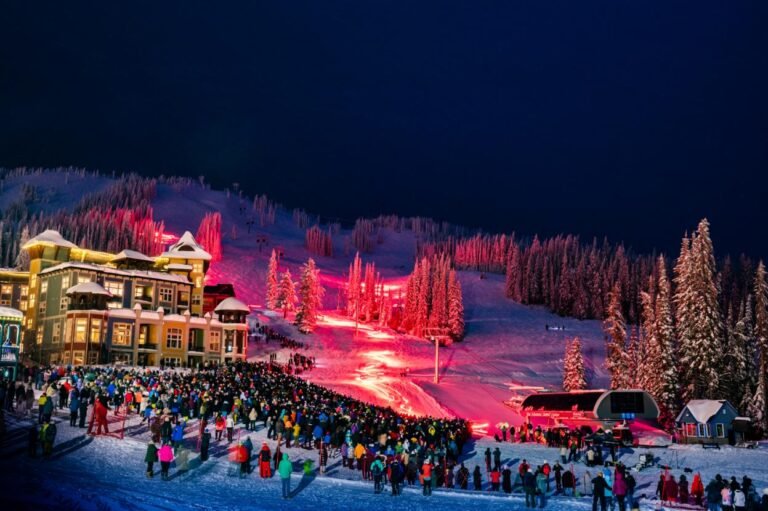Premier Listings for Texada Island
Discovered in 1791 by Spanish explorers and named after Spanish Rear Admiral Felix de Tejada (or Texada), Texada Island was booming with iron, gold and copper mining in the late 1800s.
Ancient middens (mounds of discarded shellfish shells) and fish weirs provide evidence that First Nations People occupied Texada Island long before Europeans discovered and settled the area, although there doesn’t appear to have been any permanent settlements.
Texada Island has two main communities at Gillies Bay and Van Anda, far away from the hustle and bustle of big cities. The largest of the Gulf Islands, Texada is 32 miles long and six miles wide at its widest point, located approximately 50 miles north of Vancouver in the Strait of Georgia. Texada offers visitors great hiking, cycling, beachcombing, camping, kayaking and scuba diving, as well as exceptional wildlife viewing opportunities.
Located across Malaspina Strait from Powell River, Texada Island has been a mining site for the last century, which is obvious as you pull into the ferry dock at Blubber Bay. Fortunately, as you leave the dock, you also leave behind the sight of limestone and heavy equipment. Texada today boasts three working limestone quarries that ship out over 6 million tons of limestone each year, making them the principle supplier of limestone for the cement, chemical and pulp industries throughout the Pacific Northwest. A small timber industry and numerous home-based arts and crafts businesses are located on the island.
In 1876, a whaler named Harry Trim discovered iron ore, which precipitated a boom of mineral exploration on Texada. In 1886, the first iron mine was opened, in 1890 copper was found, and in 1898 copper and gold were mined at Marble Bay. By 1898, the town of Van Anda had become a boomtown, boasting the only opera house north of San https://britishcolumbia.com/wp-content/uploads/2025/07/Hidden-Cove-Lodge-1-1.jpg, and three hotels with saloons, a hospital, and several stores and businesses.
An illegal distillery flourished in Pocahontas Bay, on the northern shore of Texada, supplying alcohol to the United States during the years of prohibition. Three serious fires completely destroyed the major buildings of Van Anda in 1910, 1912, and again in 1917, leaving only Al Deighton’s store, which was saved by a bucket brigade and remains a landmark on the Van Anda waterfront today. Texada was also used as a base by the whaling industry.
Population: 1,200
Location: Texada Island is located in the Strait of Georgia, between Vancouver Island and the mainland coast of British Columbia. The northern tip of Texada Island is located near Powell River, the largest community on the Sunshine Coast. BC Ferries operates a ferry service on a daily schedule from Powell River across the Malaspina Strait to Blubber Bay on Texada Island. Powell River is accessed by ferry from the Little River ferry terminal in Comox on Vancouver Island. Powell River can also be reached from Vancouver in the south (5 hours, 88 miles/141 km) by catching a ferry from Horseshoe Bay to Langdale, driving from Langdale to Earls Cove on Highway 101, and catching another ferry from Earls Cove to Saltery Bay. Powell River is 18 miles (29 km) northwest of Saltery Bay on Highway 101.
In 1900, the names of some of the Texada landmarks aptly described island activities at that time; Blubber Bay, Rumbottle Creek, Midas Street and the Bucket of Blood Saloon!
Just before you reach Shelter Point, the road passes through Gillies Bay, one of Texada’s two commercial centres. There’s a food and liquor store here, a gallery featuring local art, and a farmers’ market held on Sundays in summer on the Gillies Bay Ball Field. The island’s unique Flower Rock jewellery can be found in Gillies Bay.
Don’t miss Texada’s Sandcastle Competition at Shelter Point Park in July, and the opportunity to view a display of architectural brilliance in the sculpturing of beach sand. Other festivities on Sandcastle Weekend include live entertainment, slow-pitch ball games, Games and races, a beer garden, a barbecue, a pigroast, a dance, and much more.
Camping: The primitive forestry campground at Bob’s Lake caters to visitors who want to experience the rustic beauty of Texada. Another forest campsite is located at Shingle Beach.
Biking: One of the best ways to tour the island is on a bike, and there are numerous dirt roads and trails to explore. Mountain Bikers can rent mountain bikes at Gillies Bay, including cruisers, hardtails and full suspension mountain bikes.
Hiking to the top of Mount Pocahontas, the third tallest peak on the island (1,745 feet) affords spectacular 360 degree views of Vancouver Island, Georgia Strait, and the Coast Mountain range on the BC mainland.
Boaters will find anchorages in the many bays around the island, and limited moorage at Marble Bay near Van Anda, on the Northeast coast of the island. The anchorages aren’t particularly sheltered, so weather conditions should be monitored.
Wildlife: Gillies Bay is a spring stopover for migrating Brant Geese on their long migration back to the Yukon and northern Alaska. Deer roam freely over the island without being hunted by cougar or bear that are not found on the island. Bald eagles are common, and great blue herons and other waterfowl frequent the island’s bays.
If you’d like to savour a Mediterranean-like climate, head for Shelter Point Regional Park. Texada may be a rugged island, but it does possess this jewel of a regional park midway along its west side, 17 miles (27 km) south of the Blubber Bay ferry terminal. Note that it’s best to avoid Shelter Point on the July weekend when the regional baseball tournament is in full swing. Douglas fir and western red cedar trees provide a fitting accompaniment to the beauty of the nearby beach with its exotic-looking sand dollars, sea anemones, and oversized moon snail shells. Most of the 47 vehicle/tent campsites are set back from the expansive sand and polished pea-gravel beach. A breeze blows almost constantly across the Strait of Georgia, but Shelter Point comes by its name honestly. Camping is especially good between April and October, when there are plenty of clear, warm days.
Nature Walk: A nature walk along the forested shoreline of Shelter Point Regional Park takes visitors through a setting that could have been the inspiration for author J. R. R. Tolkien’s giant marching trees featured in his Lord of the Rings trilogy. Long branches from two groves of Douglas fir spread like muscled arms above each end of the trail. Although sturdy, most of their tops have been cropped by winter storms. Eagles and osprey rest in the tallest boughs when they aren’t out cruising the coastline for a meal. Others also have drawn sustenance from these waters for many generations. When the tide is out, look carefully from the promontory at the south end of the nature trail and you may be able to discern an ancient V-shaped rock fishing weir, fashioned by Indians of the Sliammon Nation. Once frequent visitors to Texada, their traditional village was located where the Powell River pulp mill complex now stands.
Near the south end of the trail stands the gnarliest Douglas fir of them all, a full 7 feet (2.1 m) in diameter. As you look west from here across the Strait of Georgia at the Comox Glacier’s broad white expanse, you get one of the best views of central Vancouver Island. Lasqueti Island lies off to the southwest. The trail loops back from its southern terminus at a gravel road through the forest to the giant fir. You can also choose to walk partway on a rough shoreline trail that branches away from the main trail and leads past arbutus and western red cedar. Also watch for the wild honeysuckle vines that entwine themselves around tree trunks in several places. The 2-mile (3-km) loop trail begins south of the entrance to the park’s newly expanded campsite area. Although not well marked, the trail is easy to locate.
Island Hopping: Travelling between the Southern Gulf Islands and Northern Gulf Islands can be accomplished in small hops. Each of these islands is a world unto itself, each with its own history, culture and colourful characters – each island deserves at least a day or two for exploring.
Premier Listings

Biographical Info
It’s a Coastal Lifestyle … Live It!
Specializing in marketing and selling local residential, recreational, unique oceanfront and commercial real estate throughout Campbell River, northern Vancouver Island, Discovery Islands, the Outer Islands and the BC Mainland Coast. Our real estate listings include homes to small oceanfront and lakefront recreational lots, private islands, remote island acreages, fishing lodges, wilderness / adventure resorts and vacation homes, oceanfront / lakefront cabins, marinas, remote & timbered acreages, and development investment properties on the west coast of BC and Vancouver Island – BCO has the Coast covered!
The BC Oceanfront Real Estate Team loves to bring people to the coast and introduce people to the coastal lifestyle. All members of the team live an active coastal lifestyle, and they bring that passion for the coast to all that they do. All three agents have their own boats and are very familiar with the many different regions surrounding central and northern Vancouver Island. With a team behind you, you can be sure that someone is always at hand to answer questions and lend assistance.






